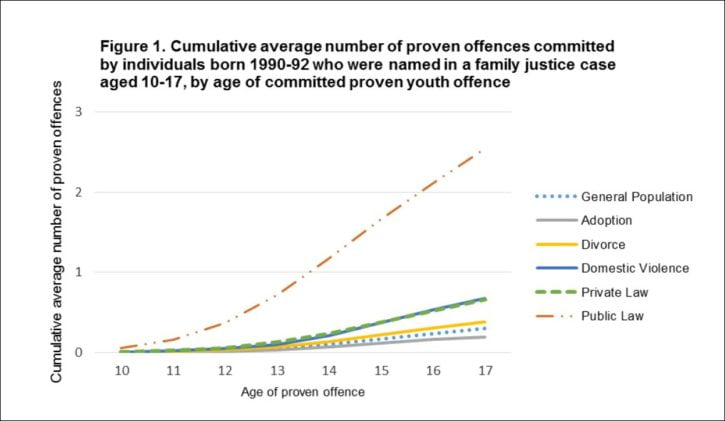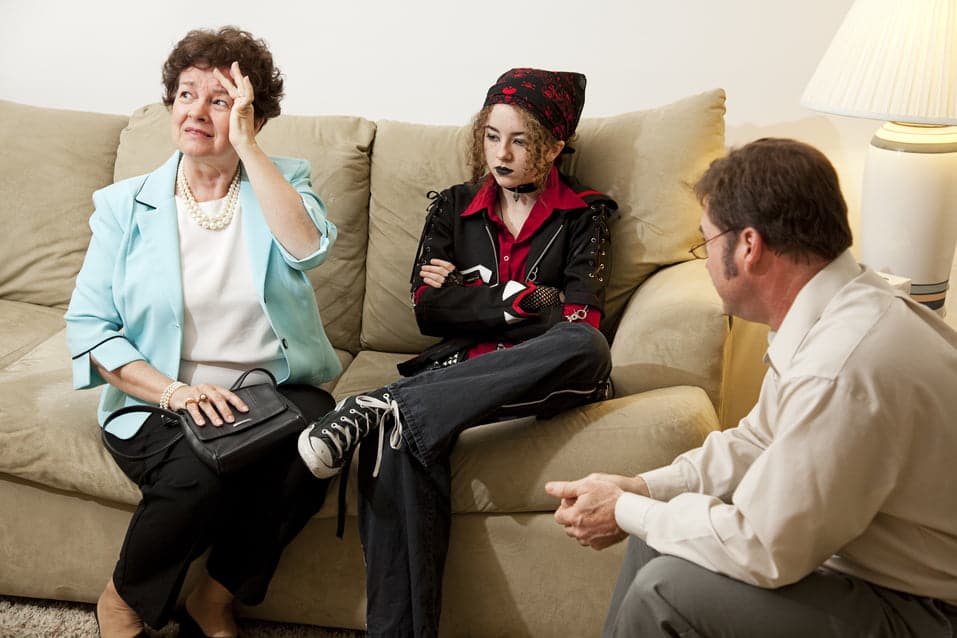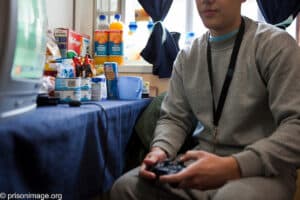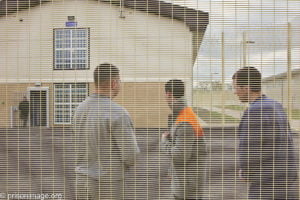Links between adverse family experiences and proven youth offending
Risk factors linked to adverse family experiences such as family conflict, domestic violence, child abuse and neglect are some of the strongest predictors of youth crime. A new report in the Ministry of Justice analytical summary series presents analysis conducted to explore proven youth offending rates of those in contact with the family justice system as a child.
Written by Rachel Forty and Rachel Sturrock, the report, Using family court data to explore links between adverse family experiences and proven youth offending, has a specific focus on children that have been named in a public law case, where the local authority has intervened to protect their welfare.
Although the findings from this analysis are associations and do not necessarily represent causal links between contact with the public law system and offending, and cannot tell us about the direction of any relationship, they make for interesting reading
The analysis
This analysis, conducted by Ministry of Justice (MoJ) Analytical Services, uses linked data, matching extracts from the Police National Computer (PNC) and the family justice case management database (FamilyMan) for the first time. An evidence review of the related international literature was also conducted to place the results within the wider research context. This project is part of a broader programme of work to link large-scale administrative datasets from both within the department and across government, drawing out further insights on the drivers and patterns of offending behaviour to inform policy development and practice. See my post on a similar recent piece of research on drug-related crime.
This report focuses on proven offending between the ages of 10 and 17; assessing offending patterns for children and young people named in public law cases in comparison to the equivalent cohort of young people in the general population in England and Wales.
Background
There is extensive research indicating that adverse family experiences, which may lead to young people being taken into local authority care, are associated with an increased risk of youth antisocial behaviour and offending. Studies also show that age and gender are important mediating factors in this relationship, and are particularly important when it comes to experiences of the care system.
Regular readers will also be well aware of the way in which children in care in children’s homes are often criminalised.

Main findings
Those in contact with the public law system were more likely to offend and commit multiple offences between the ages of 10 and 17 than those of the equivalent age group in the general population. They also, on average, started offending earlier than offenders of the same age in the general population.
These are the main findings:
- Findings from the evidence review suggest that the link between offending and public law may be explained to a large extent by shared risk factors, including family poverty and parental neglect or abuse.
- Wider evidence indicates that when children have been taken into local authority care, placement type and instability have been linked to higher offending rates. There is, however, concern about unnecessary criminalisation of children in care homes and this may explain, in part, the higher offending levels for this group.
- Results from this analysis suggest that children in contact with the public law system in their early teenage years for the first time were more likely to offend than those who were involved at any other age.
- Wider evidence indicates that maltreatment and going into care as a teenager may have a stronger association with youth offending than maltreatment or care only experienced in childhood. Young people’s offending may also be affected by the type and instability of the care placement experienced. That said, teenagers can have pre-existing issues with offending that may have influenced placement decisions.
- Results suggest that for females in their early teenage years, contact with the public law system was linked to a greater increase in likelihood of offending, prolificacy and violent offending than for males. However, young males in contact with the public law system still have a higher likelihood of offending than females of the same age. International research indicates that experience of out-of-home placement can be more strongly linked to offending for females.
Conclusions
In addition to analysing these data, the authors undertook an evidence review which found that care placements may be more strongly linked to proven youth offending for females than males.
The authors present their conclusions cautiously, with the caveats included in the introduction to this post but conclude:
The analysis points to the importance of early years preventative approaches. Consideration could also be given to more joint working between the family and youth justice systems. Also, given the suggested importance of gender and age when in contact with the public law system, it is likely that those in contact with the public law system in their early teenage years may benefit from targeted support and intervention around their offending, particularly females.









One Response
An interesting piece. About nine years ago, I lead a review of the relationship between YOTs and Children’s Services for the YJB. Among the standard recommendations to improve data sharing, joint assessment and planning, we observed that an improved understanding of the needs of all young people (and not just high-risk cases) was required, as well as more timely provision of Children’s Services, particularly in support for young people leaving local authority care. My personal conclusion is to see beyond the data and risk scorees and to understand the real lives of the some of the most vulnerable young people in our society.